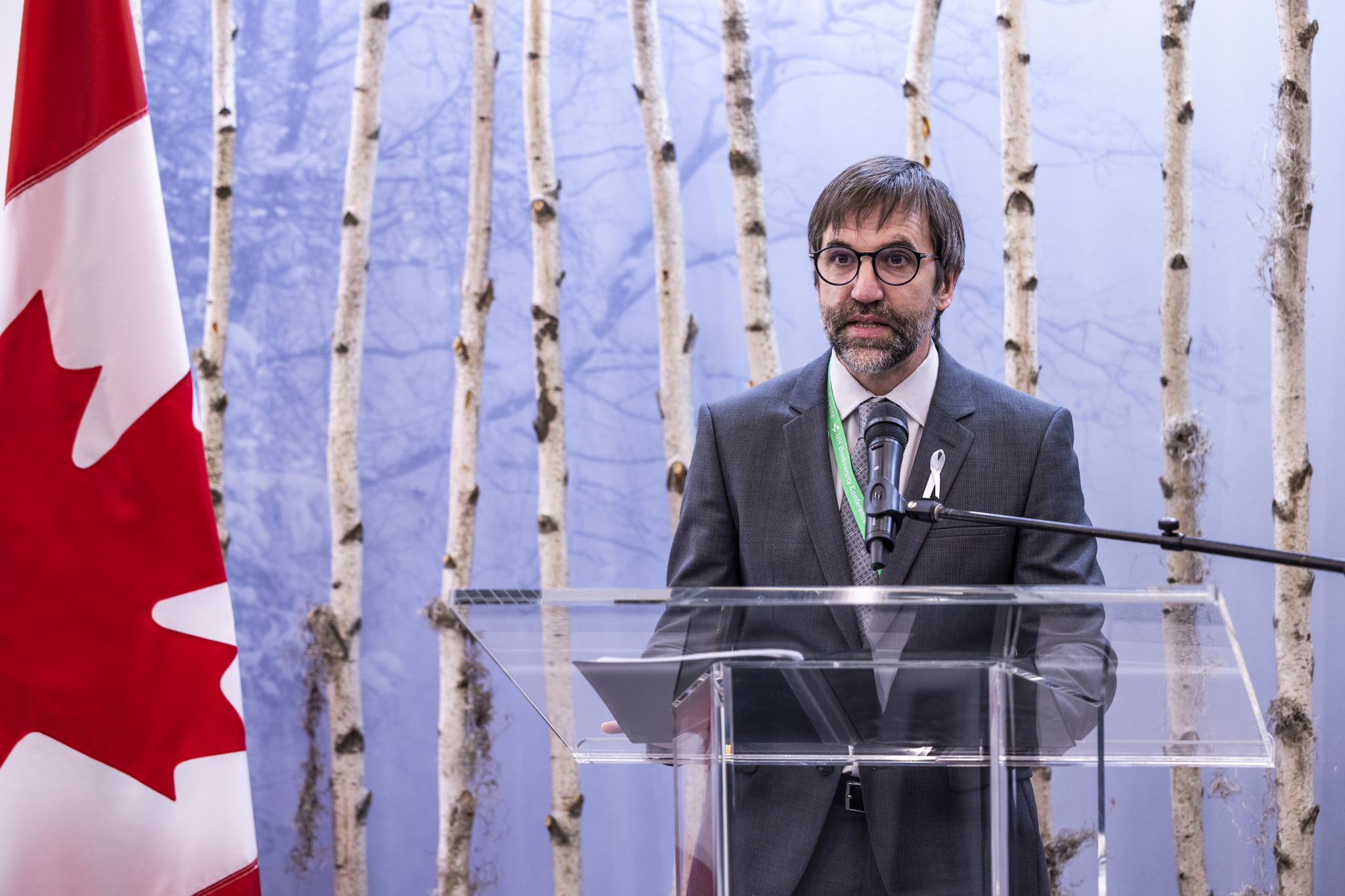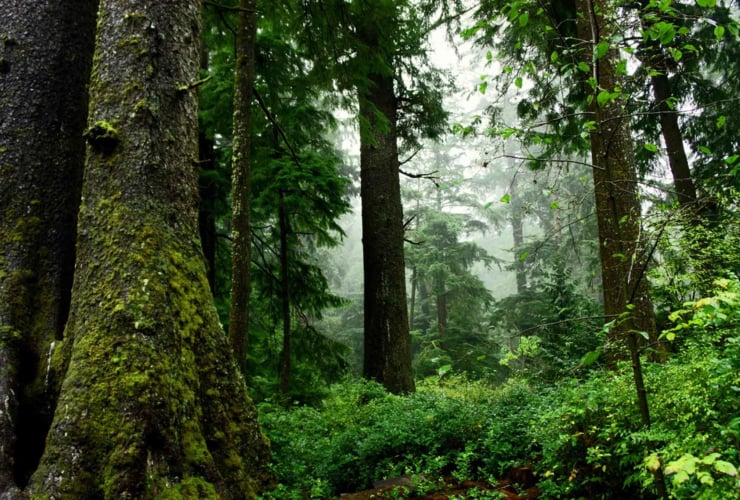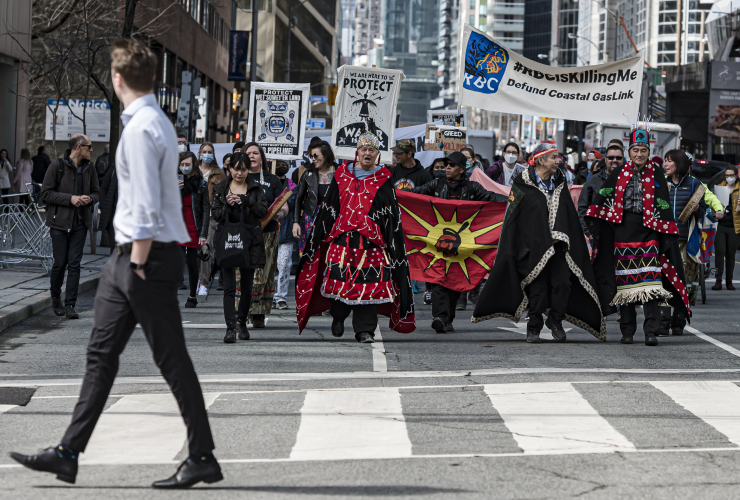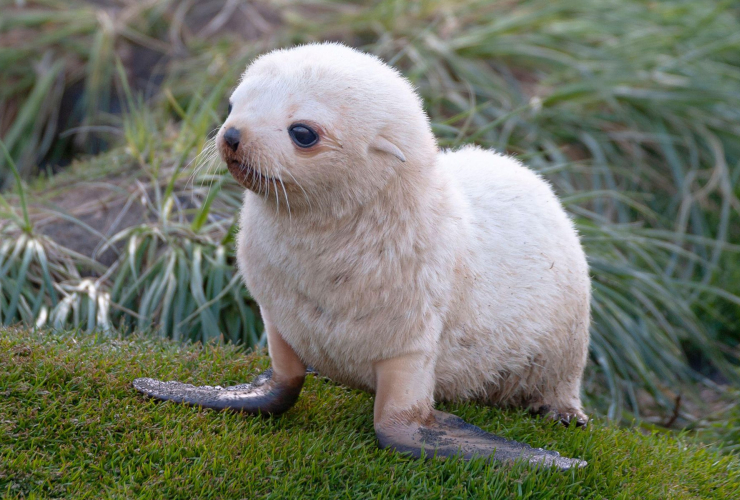With the United Nations biodiversity conference in Montreal underway, the federal government is putting over $1 billion on the table for conservation projects led by Indigenous Peoples in Canada and for developing countries.
In two separate announcements at the conference called COP15, Ottawa unveiled a seven-year plan with up to $800 million in funding to support four Indigenous-led projects in the Northwest Territories, Nunavut, British Columbia and Ontario, as well as $350 million for nature protection in developing countries.
The $800-million announcement on Wednesday is for a program the federal government calIs Project Finance for Permanence (PFP), which aims to bring together “partners from Indigenous communities, all levels of government, and the philanthropic community” to protect biodiversity in ecologically important areas.
There are two marine ecosystems identified as potential candidates for the program. In B.C., the Great Bear Sea is a possible PFP beneficiary, and Nunavut’s northernmost region Qikiqtani has also been highlighted as a possible candidate. In Ontario, Omushkego, which covers land and water ecosystems in the Western James Bay, southern Hudson Bay and the Hudson Bay Lowlands, is a possible PFP. The Northwest Territories has not yet identified a specific region, but the study area for a PFP beneficiary covers all land and inland water, “with the possibility of also including some marine areas,” according to Environment and Climate Change Canada.
“Canada’s ambitious biodiversity goals can only be met in partnership with First Nations, Inuit and Métis,” Environment and Climate Change Minister Steven Guilbeault said in a statement. “By coupling Indigenous and Western science, we can fight the twin crises of climate change and biodiversity loss, strengthen our relationships with Indigenous communities, and build a better future for everyone.”
On Tuesday, Ottawa also announced $350 million for developing countries for conservation projects. In a statement, the federal government says the new cash will be used to support the post-2020 global biodiversity framework –– the Paris Agreement-style roadmap to protect biodiversity currently under negotiation in Montreal. Details of how exactly the $350 million will be used is not yet clear.
In an interview with Canada’s National Observer earlier this week, Guilbeault said new funding announcements are a sign of good faith designed “to show developing countries, to show Indigenous people that we’re serious” about protecting nature. They can be seen in a similar light as the $7-million donation Canada made in Egypt last month to a climate insurance program called the Global Shield. That funding was announced while negotiations to create a loss and damage fund were being discussed as a means to build trust between developed and developing countries.
Climate advocates are applauding the new funding but note it is only a first step.
“It is good that Canada has committed new funds to tackle the global biodiversity crisis,” Greenpeace Canada nature and food campaigner Reykia Fick said in a statement. “This announcement at the launch of the Biodiversity COP15 in Montreal increases the pressure for other developed countries to step forward and put new, not previously allocated money on the table.
However, Fick says the “commitment must only be a starting point towards Canada paying its fair share towards the ongoing, global effort to halt and reverse mass extinction.” A group of 54 African Union countries and their allies say the world needs another US$100 billion a year in global biodiversity funding to properly protect nature, and Canada's own Green Budget Coalition recommends the country put forward $600 million a year in biodiversity funding, Fick added.
In a statement, Stand.earth senior forests campaigner Tegan Hansen said Canada’s words and actions don’t align, given the country’s heavy resource extraction is “complicit in the biodiversity crisis.”
“If Canada continues to destroy old-growth forests and subsidize burning whole trees for dirty energy, all while criminalizing Indigenous people defending their lands, then these steps will not take us forward in a meaningful way,” she said. “(Prime Minister Justin) Trudeau must match his words to Canada's actions at home and abroad, especially by curtailing industrial extraction and ensuring Canada's delegation to COP15 supports explicit recognition in the Global Biodiversity Framework for Indigenous territories and rights, as well as primary forests around the world as defined by the Primary Forest Alliance.”
Ahead of COP15, Canada announced $109 million for 40 conservation projects through the Nature Smart Climate Solutions Fund and more than $60 million through the Enhanced Nature Legacy Initiative to protect certain species.
The United Nations says nature-based solutions, which are vital to stopping biodiversity loss and limiting global warming to the Paris Agreement’s goal of 1.5 C, are severely under-financed. In a report published last week, it found that to date, nature-based solutions have attracted US$154 billion worth of funding per year, far short of the estimated need for US$384 billion per year by 2025, and US$484 billion per year by 2030.
The UN recommends governments step up their own financing. The international body also endorses creating regulations that incentivize private-sector investment, ensuring companies and financial institutions transition to climate-friendly business models in the short term (instead of relying on vague pledges to reach net-zero greenhouse gas emissions by 2050) and incorporating concepts like land rights and worker protections into nature-based solutions.
It really doesn't matter how
It really doesn't matter how much the federal government puts into, ostensibly, protecting the environment and biodiversity, if it continues to promote industries and activities that poison, wreck, destroy, and wipe out animals, plants, and ecosystems. Tragically, this 'investment' is nothing more than greenwashing by other means.






Comments